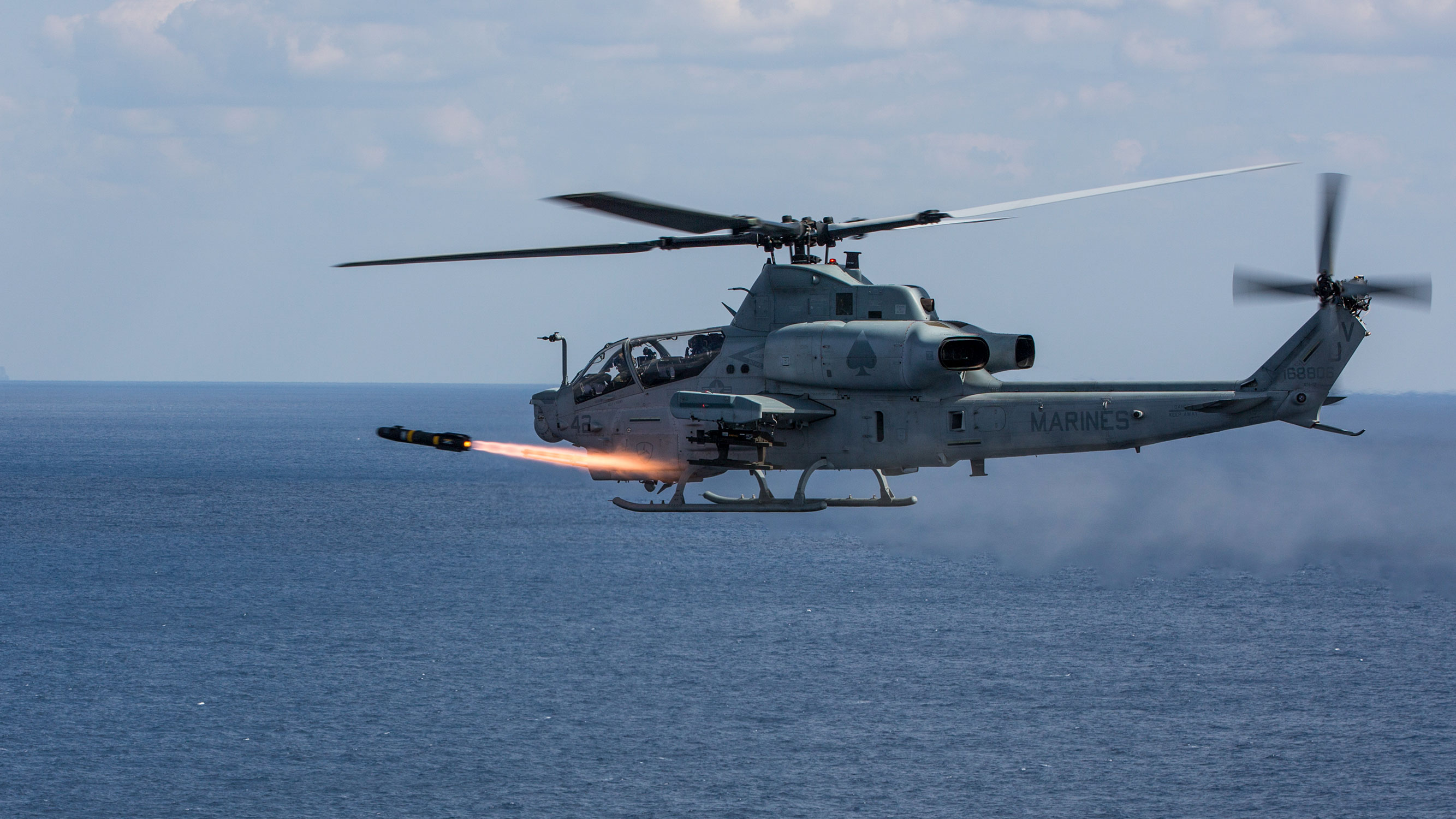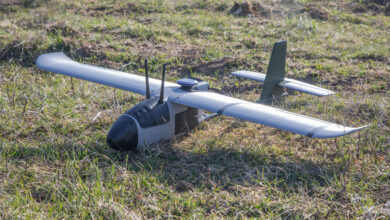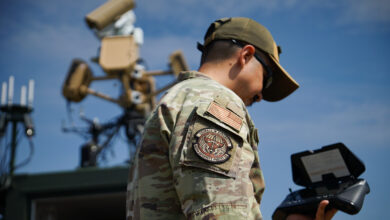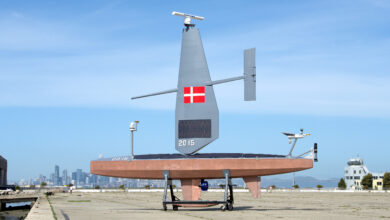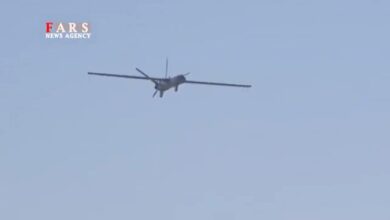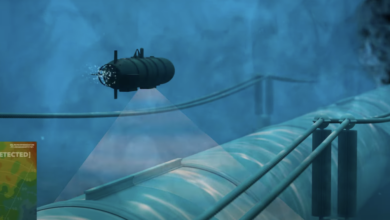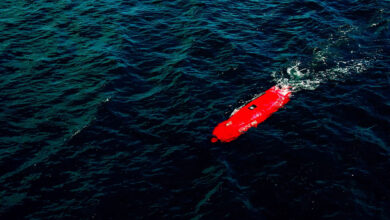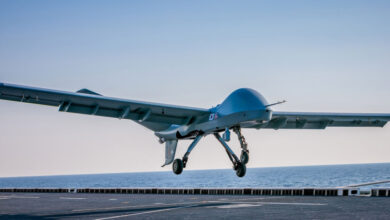The US Marine Corps plans to replace some air-launched Hellfire missiles with loitering munitions.
The weapon will provide the service with greater range and maneuverability at a much lesser cost for Indo-Pacific operations.
The service unveiled the Long-Range Attack Munition (LRAM) project as part of its ongoing Force Design (FD) 2030 modernization effort.
Long-Range Loitering Munition
The LRAM would provide multiple capabilities to engage targets, including strike; threat detection and tracking; and electronic warfare jamming, depending upon the configuration.
“This effort accelerates the evolution of combined arms and multi-domain formations,” the service wrote in its FD 2030 annual update.
“We can do this by fusing operations, intelligence, and fires functions together in a single center, creating the means for Marine units to participate in and control joint fires, while also gaining and maintaining persistent custody of adversary targets.”
Hellfire Replacement
Director of the Capabilities Development Directorate Brig. Gen. Stephen Lightfoot told reporters last week the service is looking to keep its recently acquired AH-1Z Viper and UH-1Y Venom attack helicopters relevant for future warfare, wherein the Hellfire’s range might not be sufficient.
“That’s great in [Operation Iraqi Freedom], [Operation Enduring Freedom] and areas we’ve been fighting in for years. But when you move over to the Indo-Pacific and some of the distances we’re talking about, 8 kilometers doesn’t really do as much as you’d want,” Defense News quoted Lightfoot as saying.
“That [LRAM] is a capability that brings hundreds of kilometers, and that allows us to be able to use a current platform to be able to do things that we never thought we’d be able to do.”
Capable of Ground Launch
Other platforms that could be armed with the munitions are the F-35B Joint Strike Fighter, and cargo and transport aircraft like the MV-22 Osprey, CH-53K King Stallion, and C-130 Hercules.
Lightfoot said that the service has already started experimenting with the munitions and expects to field them in the next few years.
He added that the munitions would also be operable from ground launchers, ensuring round-the-clock availability.

